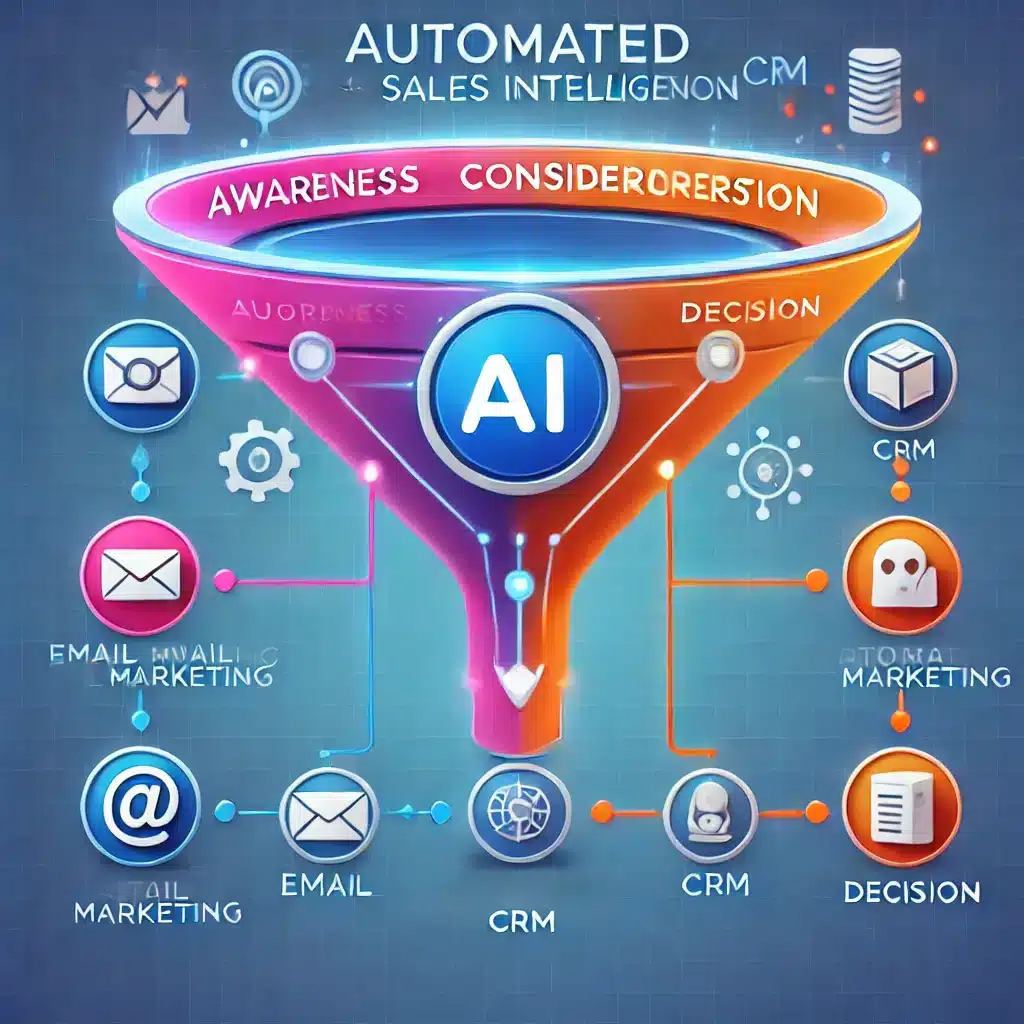The Human Element in the Age of AI and Automation
Balancing Efficiency and Human Connection
Today’s world is rapidly changing with the rise of AI and automation. Systems designed to enhance efficiency are everywhere. Yet, they often overlook the human element. As a result, there’s a growing need to preserve human connections in professional settings.
An excellent example is Jumbo, a Dutch supermarket, which introduced chat-friendly checkout lanes. They responded to the growing feeling of loneliness in today’s fast-paced digital world. You can read more about this initiative here. This approach shows that small gestures can make a big difference in maintaining human relationships. Similarly, in Allison Pugh’s book ‘The Last Human Job’, she highlights the risks associated with focusing too much on efficiency at the expense of relational work.
AI in Relational Jobs
Moreover, Pugh introduces the concept of ‘connective labour’, referring to jobs that thrive on emotional understanding. Therefore, professions like therapists, doctors, and teachers rely heavily on interpersonal relationships. Prof Pugh argues that two major trends—automation and systematization—threaten these occupations. For instance, a US app used ChatGPT for mental health support by generating automated responses, a method that could fall short of providing genuine human connection. Nonetheless, Pugh believes that connective labour creates belonging and social intimacy across differences.
AI Innovations in Agriculture
On the other hand, automation shows its worth in tasks not requiring emotional understanding. A prime example is Fieldworker 1, or ‘Robocrop,’ a raspberry-picking robot developed by Fieldwork Robotics. More details can be found here. Robocrop’s capabilities demonstrate the potential for robots to handle repetitive, physical tasks with great efficiency. As David Fulton, CEO of Fieldwork Robotics, noted, the robot can now detect spectral frequencies to identify ripe berries more accurately.
Despite these advancements, human labor remains vital in complex sectors. Nick Marston, chairman of British Berry Growers, cautioned that robots are not yet ready to replace skilled human pickers. Consequently, finding a balance between human labor and robots is crucial for industries to thrive.
The Future of AI and Human Work
Ultimately, the key to navigating this age of AI and automation is to strike a balance. Automation can handle specific tasks, freeing humans for roles requiring emotional intelligence. However, preserving relational aspects in jobs is critical. Human interactions and connections cannot be replaced by AI. In summary, we should focus on integrating AI in a way that complements, rather than replaces, human relational work.
In conclusion, as AI and automation evolve, businesses must prioritize human elements in their workflows. By doing so, we can enjoy the benefits of efficiency while nurturing our inherent need for human connection.



